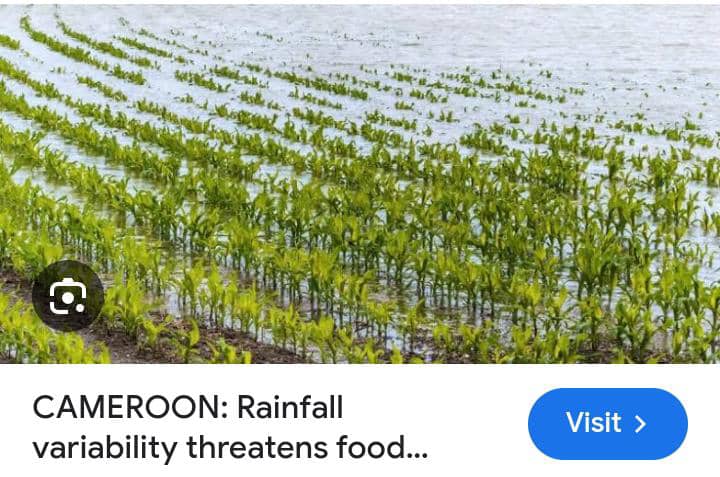By Chinasaokwu Helen okoro
As northern Cameroon, faces a dramatic drop in rainfall, farmers in the town of Pitoa are suffering.
Dandy Emma, who grows maize and millet on eight hectares of land, has lost a large part of his production even though it is just the beginning of the growing season.
“There is very little rain. On the millet field, everything is already dry. Last year I harvested between 7 and 8 bags per car, but this year, as you’ve seen, it hasn’t rained,” he said.
Behind me here is the maize field and it’s the same thing too. I usually harvest between 8 and 10 bags, but this year it’s not going well because of the lack of rain.”
Edward Litassou, a cotton farmer, has not seen a single drop of rain in his field. His plants are being eaten away by caterpillars, with more than 12 hectares of production at risk.
“If you look at this field, you can see the crumpled leaves. What’s more, we’ve had drought everywhere with rice, red millet, and maize too. So that’s really had an impact on our agriculture this year,” he says.
The situation is so bad that this Muslim community has organised fasting sessions to pray for the rain to return.
A local weather expert, Yinda Martial, believes climate change and weather patterns are to blame for the disruption in rainfall.
“This phenomenon is part of climate change. In addition, during this period, a high-pressure system has established over the city of Garoua and surrounding area. This has meant that rain clouds have not formed,” he says.
One of the consequences of the lack of rain is the explosion of cereal prices on local markets.
With the area regarded as the bread basket of northern Cameroon and neighbouring countries, and as the rains stay away, there are increasing concerns about food security.


